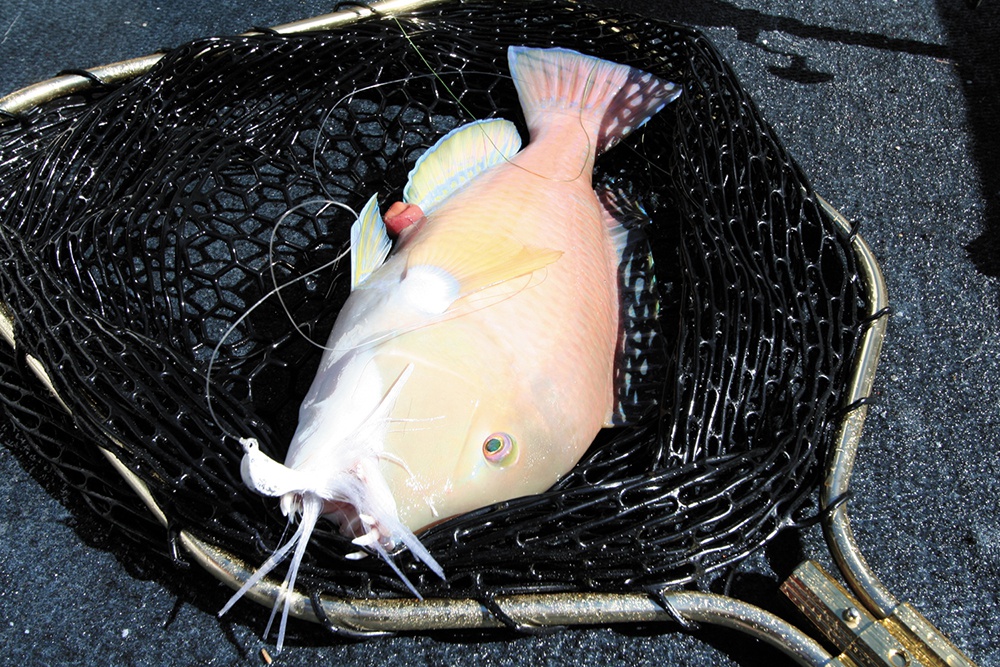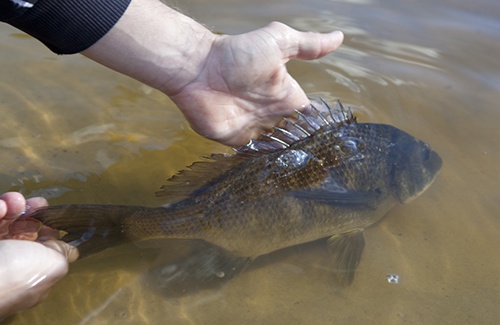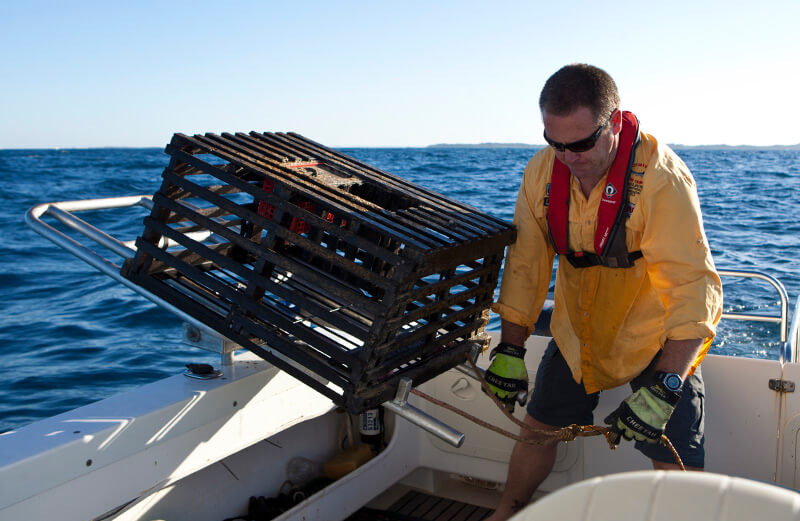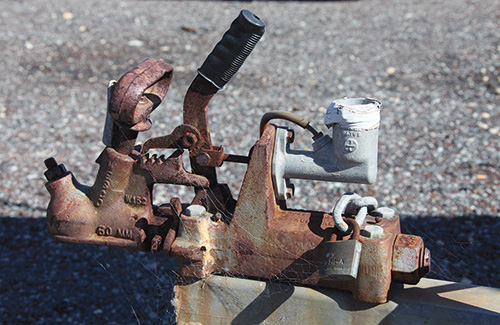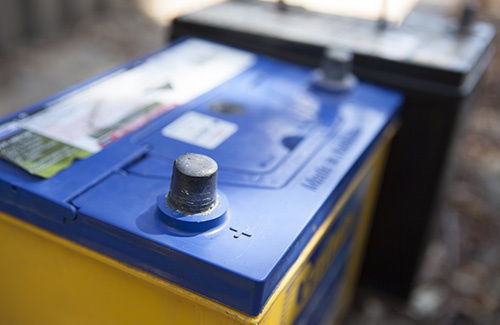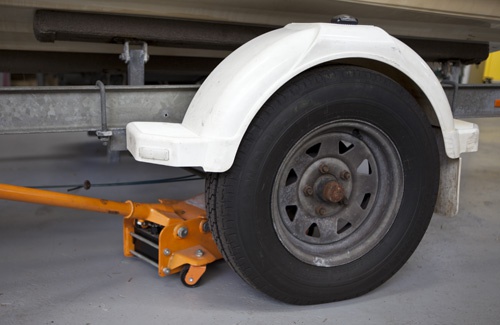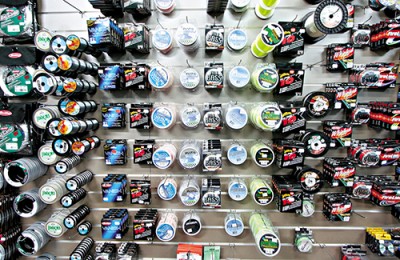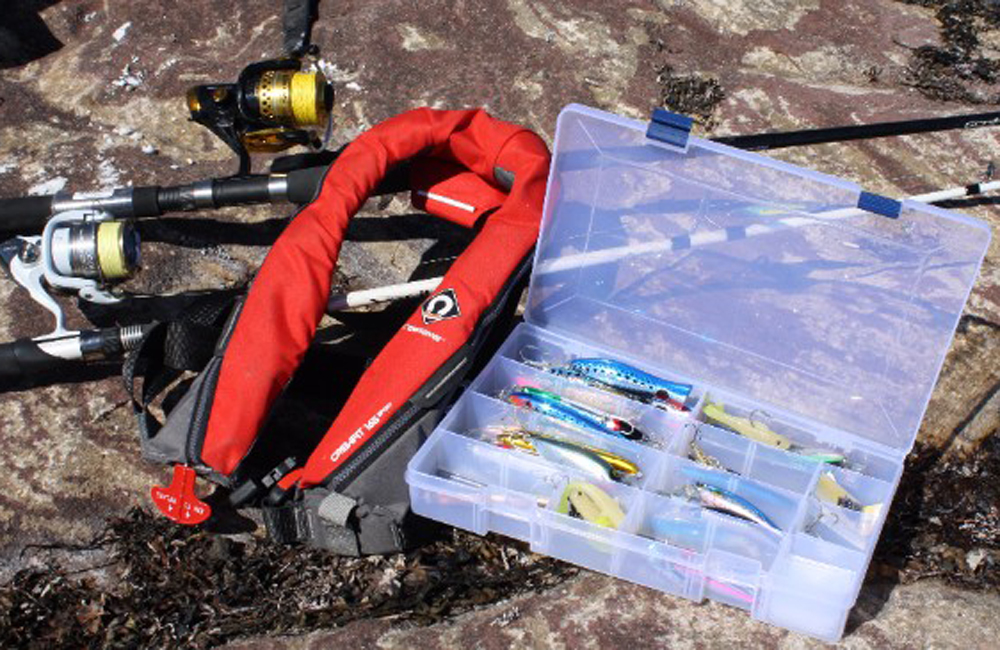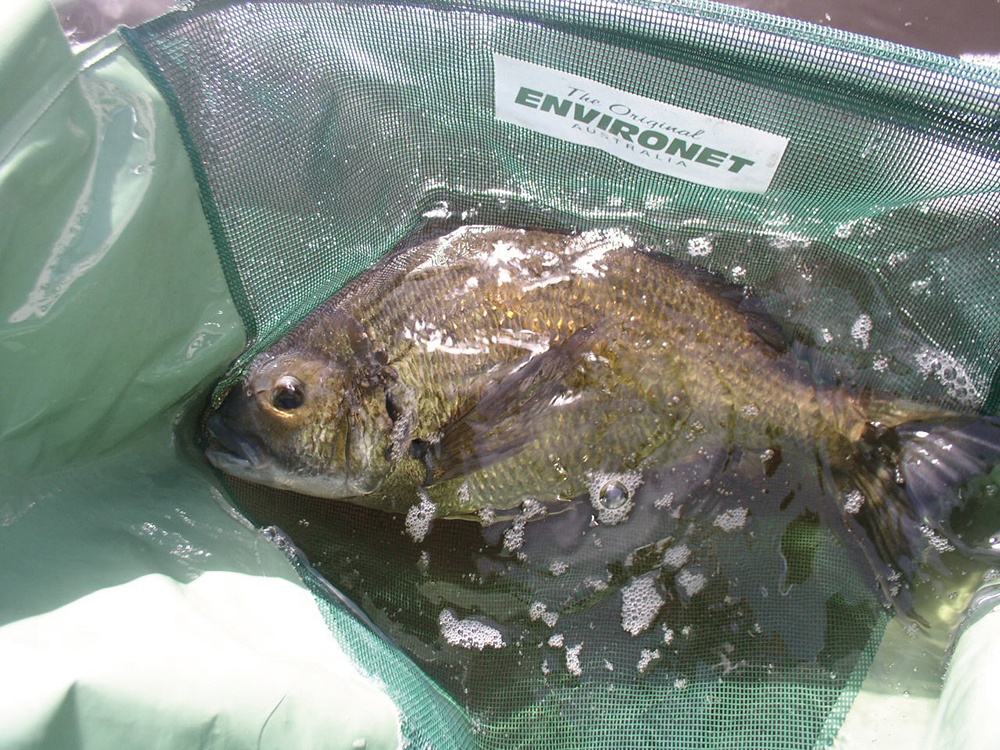
Without a doubt one of the most important pieces of equipment for catch and release anglers is the landing net. In saying that however, landing nets should be one of the most important pieces of equipment for any angler.
As the name suggests, landing nets are designed primarily to get the fish to the angler whether fishing from a boat, on the shore or on a jetty. Landing nets are especially useful when fishing light line where the fish being targeted has a weight close to or above the breaking strain of the line. In these instances, a landing net lands the fish when there is no way that the line will support the weight of the fish.
In this day and age when graphite rods are more the norm rather than the exception, landing nets are probably one of the best assets a fisherman can carry. They ensure that your graphite rod will not break while trying to pole or dead lift a fish out of the water. This is purely because the weight of the fish will be taken up by the landing net rather than the rod.
In years gone by, landing nets were mainly made out of different coloured types of synthetic and natural twines. In most circumstances, the nets were actually made out of netting designed for various commercial fishing applications. The netting material was purchased in large rolls, cut up into different shapes and sewn together around a rigid frame to make up a landing net.
These nets certainly did the job, however they had draw backs for both the angler and the fish. For the angler, the major draw back was that the netted fish would thrash around causing the lure or hook to get lodged in the netting. Not such a big deal (most of the time) if you were using a single hook, however when a lure with a couple of trebles was used, it was faster to cut the lure out of the net than to even attempt to remove the entangled hook from the netting.
For the fish, the biggest problem was that while it had hooks securely tangled in the net and still attached to its mouth, it would be quite some time before this mess was able to be sorted out. If the fish was intended for release the chance of its survival was already reduced due to the amount of time it had been out of the water.
On top of this, the net usually had knots where the twine was crossed over and tied to form all the individual squares of the net. These knots usually dripped with the slime coating of the fish after it was taken from the net. We now know that this slime coating is a very important part of the fishes’ defence against disease and greatly improves their chance of survival when released if this coating is left as intact as possible.
Another negative factor for the fish was that the netting material did not have any elasticity and did not allow any give around the fish as it moved. Because of this, when the weight of the fish was supported in the net, the fish usually went into a thrashing frenzy in a bid to free itself. Usually all this did was further tangle the hooks and break most of the fin rays or webbing in between the spines on their fins.
This damage to the fins is another factor that reduced the chance of survival of the fish if it was to be released.
As anglers showed more concern for the well being of their catch, new net designs started to appear on the market. One of the first new features was the introduction of a knotless mesh. This was a major breakthrough and helped alleviate the loss of the protective slime from the skin of the fish.
In time, this knotless design was further improved with the use of much smaller mesh sizes which helped reduce the damage done to fish fins. Although this advancement was great for anglers using single hooks like fly fishers, it was a catastrophic nightmare for lure casters.
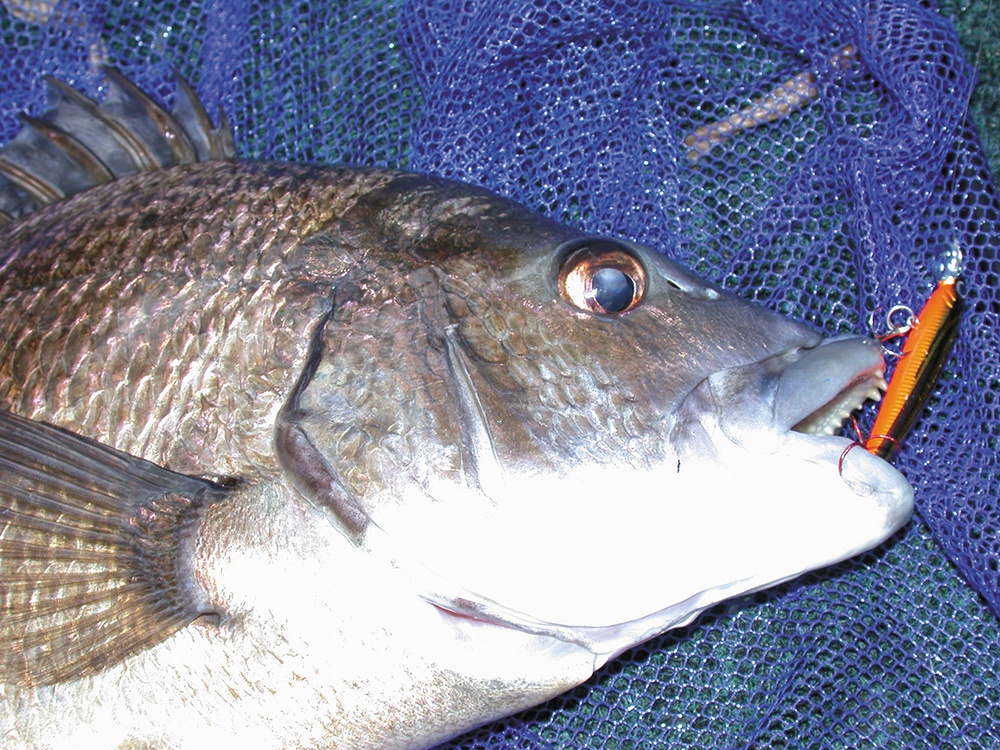
Knotless mesh net
In Australia, probably the biggest step forward in net design came about due to the popularity of the bream tournaments. A concerned angler by the name of Dave Irvine saw a real need for a snagless net that also ensured the fish was kept in optimum condition so that it could be released alive after the tournament weigh in.
What Dave worked on and perfected soon became the standard equipment for any bream angler around the country. The ‘Environet’ was made available in a range of different sizes and styles to suit different fish and fishing styles.
These Environets were made out of a material that, once wet, did not remove a fishes slime coating. Aditionally, the holes on the net were very small and did not allow fins to pass through them, thus stopping the damage done to fins. Probably the best feature of the Environet however, was that hooks and trebles were unlikely to get stuck in them, but if they did they were very easy to remove. The design of these nets was so good and so far ahead of the rest of the world that the United States, undoubtedly one of the biggest fishing markets in the world, soon began showing an interest in this Australian product.
A few years later, a new style of landing net hit the market. It had all of the great advantages of the Environet, but with the added bonus that it was made out of a stretchy rubber mesh, taking the landing net to a new level. Not only did they protect fish slime, they were almost impossible to get a hook stuck in them, and because they stretched, they actually cradled the fish. This stopped the fish from thrashing around as much, which also stopped the fish from damaging itself while in the net.
These nets are available in a range of different sizes to suit any fish from whiting to metre plus barramundi or Samson fish. They are of course more expensive than a normal mesh landing net but are well worth every cent if it means that more of the fish we release are given a much better chance of survival.
If you are in the market for a new net or you have an old mesh one, do yourself and our fishing future a favour and upgrade now. You will be amazed at what a difference these nets make!
